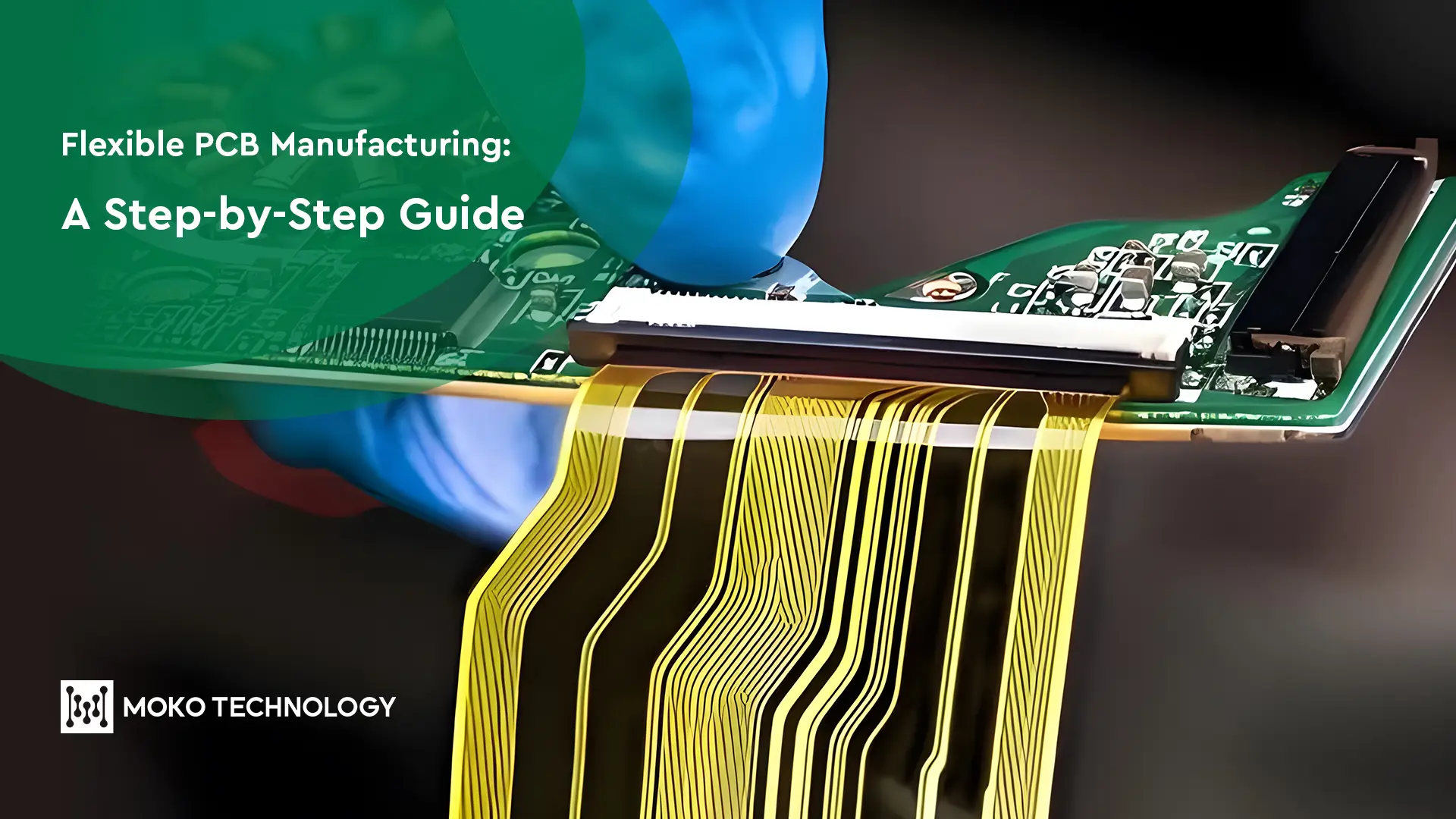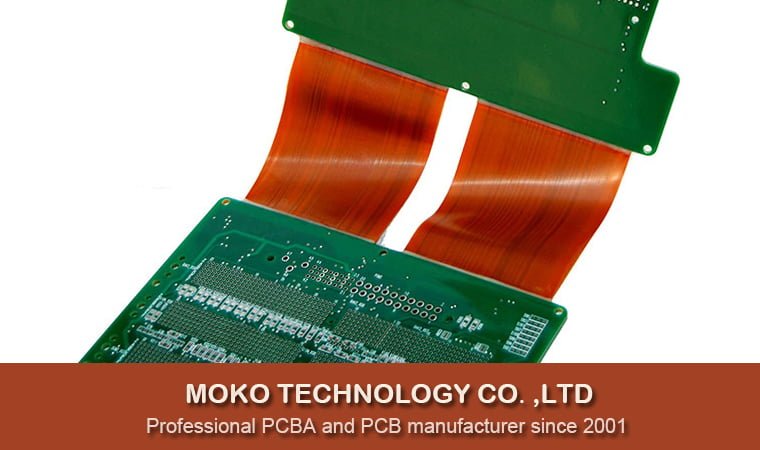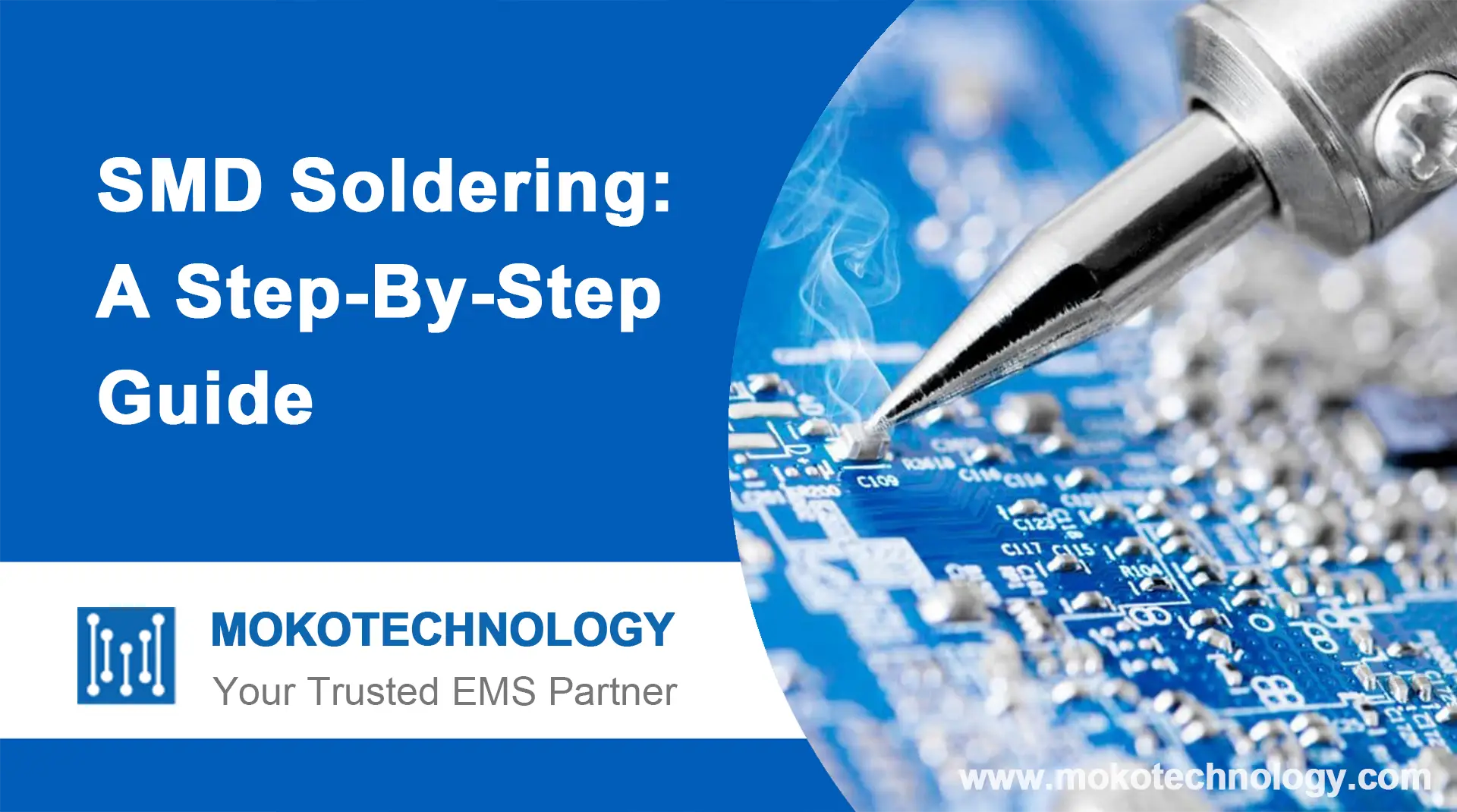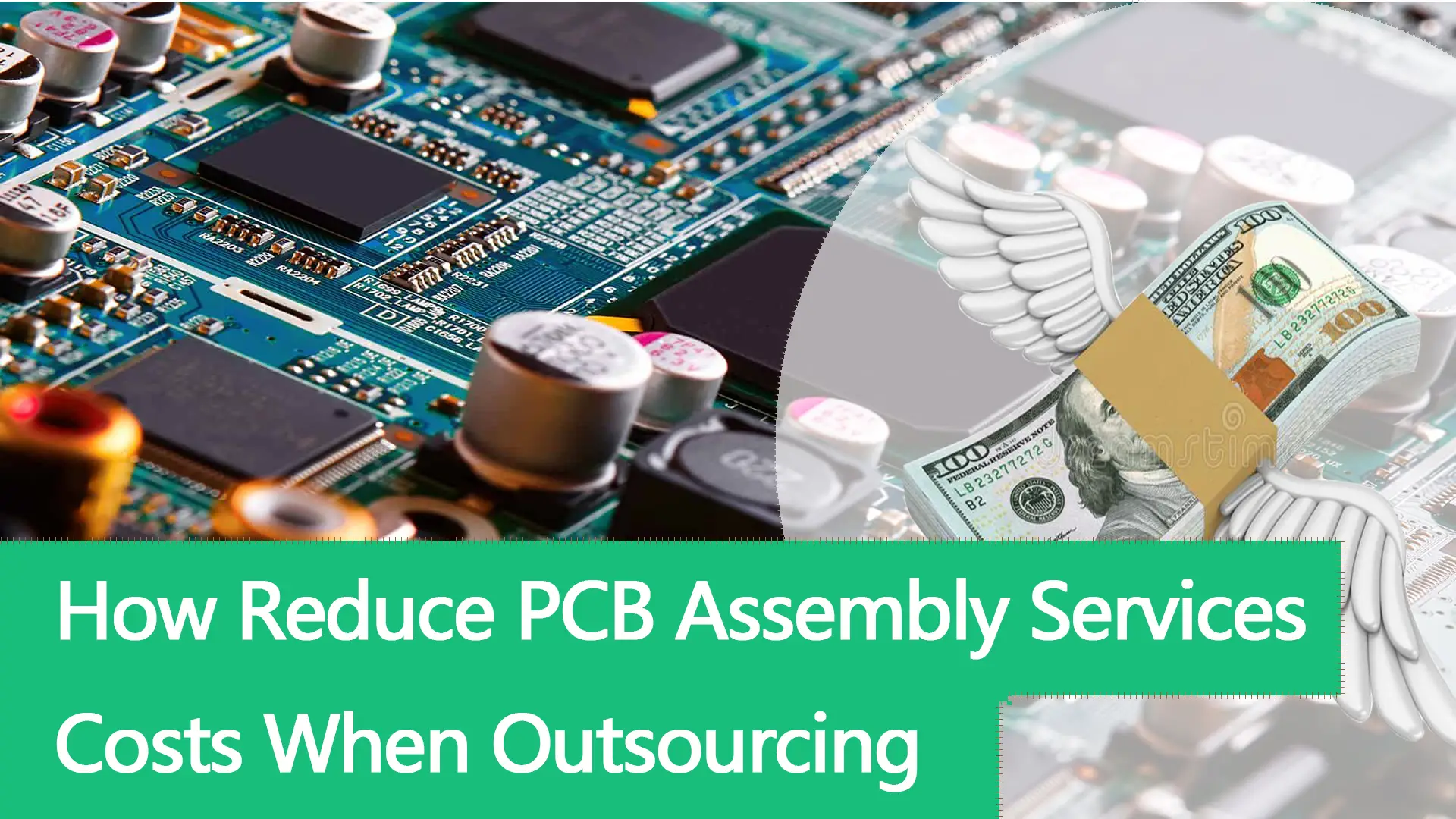您是否正在考慮將柔性電路整合到您的產品中? 由於其令人難以置信的特性,這些板是各種應用的完美選擇. With the demand for flexible PCBs projected to surge in the future, their presence in electronic devices will become ubiquitous. 本文將指導您了解不同的重要方面. 例如, what is the process of flexible PCB manufacturing, and which factors you should consider before purchasing and manufacturing circuit boards?
Flexible PCB Manufacturing Process
步 1: Flex circuit design
The first step in flex PCB manufacturing is to use CAD ( 計算機輔助設計) software to design the flexible printed circuit board, including the layout of the circuit, placement of components, 等等.
步 2: 材料選擇
The most common materials for manufacturing flexible PCBs are polyimide (PI) and polyester (寵物) films because they have excellent electrical insulation properties and flexibility, and are also very resistant to high temperatures. The specific choice of material depends on the application environment, solder mask requirements, electrical requirements, 等等.
步 3: Circuit pattern exposure
Circuit pattern exposure is a key step in the flexible PCB manufacturing process. 在這個過程中, the circuit pattern design is transferred to the copper-clad laminate material of the circuit board.
步 4: 刻蝕
下一個, we need to do PCB蝕刻. It is a process to remove unnecessary copper material from the PCB by using an etchant solution. 因此, the circuit pattern as designed is formed. During this step, the drilled hole locations are also exposed to facilitate subsequent hole formation.
步 5: 加勁劑的應用
在某些情況下, stiffeners are needed to provide structural reinforcement. They are typically rigid materials such as FR-4 (epoxy-glass composite) 或聚酰亞胺. Applying stiffeners to specific areas on the board can also prevent excessive bending in these areas.
步 6: Drilling and plating
Carefully drill holes at the designated spots on the PCB to create through-holes. These holes enable you to later insert and solder components directly onto the board. Following the drilling process, the holes are plated to ensure conductivity between layers.
步 7: Applying Coverlay
在這個階段, durable polyimide coverlay panels are carefully aligned and affixed onto the production panels before the lamination process. The coverlays can protect components from potential damage during subsequent manufacturing steps.
步 8: Component Assembly
Once the Flex PCB is fabricated, components need to be mounted onto the board. Commonly used assembly techniques are surface mount technology (貼片機) and through-hole mounting.
進一步閱讀: 通孔對比. 表面貼裝: 如何選擇正確的方法
步 9: Testing and inspection
最後, each PCB undergoes electrical testing to identify any shorts, 打開, and to verify that the impedance aligns with the design specifications. 除此之外, both visual and automated inspections are carried out meticulously to detect any physical defects or assembly anomalies.
What to Consider before Flexible PCB Manufacturing?
柔性電路的使用為您提供了種類繁多的互連和可靠性. 而且, 它們提供更輕的重量, 耐用性和壓縮結構. 柔性板有不同的材料和製造選項可供選擇. 這項新興技術前景光明. 因此,在製造它之前,您需要考慮以下一些重要事項:
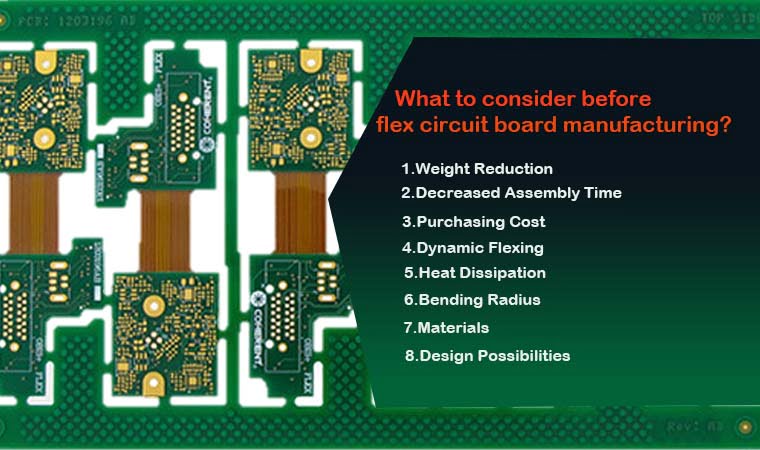
-
減重
通過利用柔性電路, 您可以減輕不同電子包裹的重量. 那是因為他們沒有增援. 此外, 與未填充的聚合物相比,它們的密度更高. 所以你應該選擇合適的材料來減輕重量.
-
減少組裝時間
如果電路板更靈活, 這意味著它們不會在製造過程中破裂. 柔性電路板不易碎,因此破損的風險最小.
-
採購成本
大多數人認為它很昂貴. 是的, 柔性電路成本高是事實. 然而, 如果你看看價格和耐用性, 它可能會超過成本. 您只需要選擇一家可靠的製造商. 可靠的製造商提供經久耐用的電路板. 因此, 如果你多花幾塊錢, 它不會被浪費.
-
動態彎曲
購買具有極薄銅箔的聚酰亞胺是另一個重要因素. 它是不同動態彎曲應用的理想選擇. 您可以使用較厚的 flex 進行彎曲和保持應用.
-
散熱
扁平銅軌散熱更好. 代替被絕緣材料包圍的電線. 它使柔性電路成為不同應用中的最佳選擇. 耐熱性是關鍵因素的應用.
與其他類型的 PCB 相比,柔性電路更耐熱. 所以電路板的耐熱性總是要考慮這個因素. 幸運的是, 默認情況下,柔性電路具有此功能.
-
彎曲半徑
這取決於銅的厚度和電路板的整體厚度. 而且, 它還取決於總彎曲層數. Here are the flex circuit types and their least bending capabilities:
單面柔性電路包含 3 至 6 次彎曲能力. 雙面柔性電路提供 7 至 10 次彎曲能力. 動態 flex 應用程序包含幾乎 20 至 40 次彎曲能力.
-
材料
Polyimide is the most common material for flex circuits. Some other materials are also available for board construction such as LCP(液晶聚合物) 和筆(Polyethylene naphthalate). 如果您想要可靠的產品, 聚酰亞胺是重中之重.
聚酰亞胺的優點
以下是聚酰亞胺的一些優點:
- 所有溫度下的理想柔韌性
- 具有出色的電氣優先級
- 具有驚人的抗撕裂和抗化學品能力.
- 最高抗拉強度
聚酰亞胺的缺點
以下是聚酰亞胺的一些缺點:
- 它比PEN貴.
- 如果您將其與粘合劑系統一起使用, 溫度性能變差.
- 聚酰亞胺吸收水分高達 3%.
-
設計可能性
柔性電路板有很多設計可能性. 您可以根據您的需要和要求定制FPCB的設計.
Challenges of Flex PCB Manufacturing and Solutions
Designing and manufacturing flex PCB comes with some challenges. Below we list the most prevalent issues encountered with flex circuits, along with their solutions:
-
阻焊層
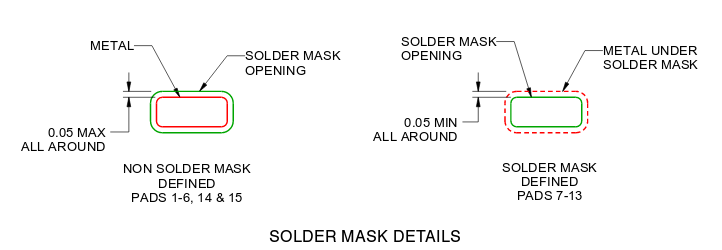
在應用覆蓋膜或阻焊膜時, 它會影響潛在的痕跡. PCB製造商在製造FPCB時應考慮這些因素. The design and construction procedure should compensate for these shortcomings.
-
焊盤
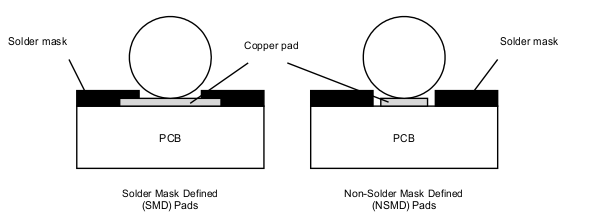
There must be enough space between the copper trace and 焊盤. 如果製造商未能執行此條件, 它會影響可靠性. 而且, 它還影響柔性PCB的耐用性. 這個問題的解決方法很簡單. Employing a team of expert engineers to oversee the manufacturing process can prevent these issues.
-
焊點
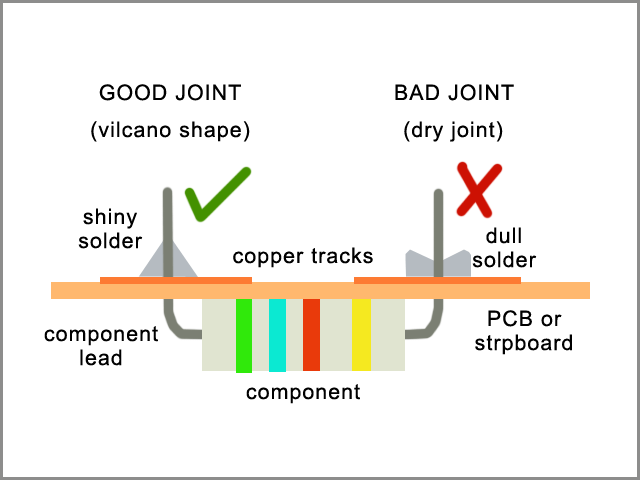
使用焊錫將銅跡線和焊錫合金連接起來的程序. 阻焊層可以覆蓋整個電路板空間. 如果一個沒有經驗的成員,有時跟踪會變得非常僵硬. 不良的焊點很容易導致柔性PCB在折疊或彎曲時開裂. 因此, 為了耐用性和可靠性,由熟練的工程師完成這項工作很重要.
Choose MOKO Technology as Your Flex PCB Manufacturer
MOKO Technology is China’s top flexible PCB manufacturer with nearly 20 years of PCB manufacturing experience. Utilizing our professional knowledge and manufacturing capabilities in circuits, we provide clients with customized solutions for flex PCB fabrication. From design to assembly and testing, we provide a one-stop PCB service. 聯繫我們 to get a free quote now.
